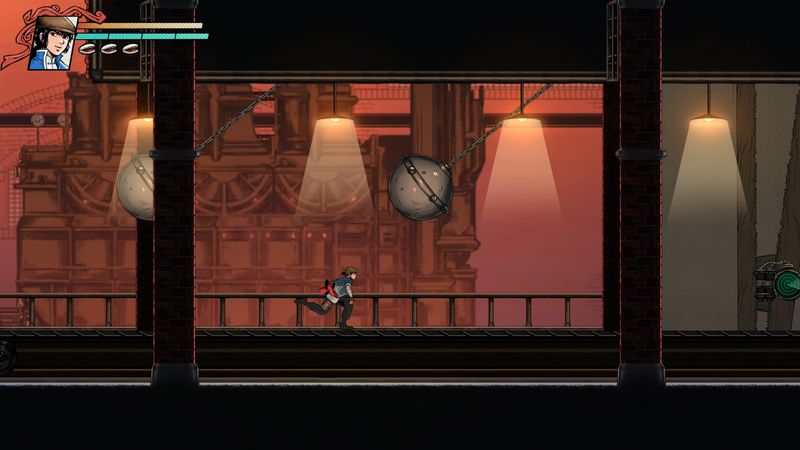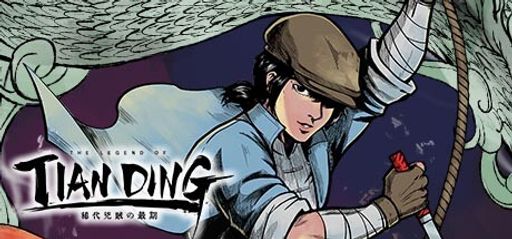 Hey everyone, let’s dive into The Legend of Tianding by Creative Games Computer Graphics Corporation and Neon Doctrine. First off, I really appreciate the tight combat mechanics. Not only does the game allow you to steal enemy weapons, but it also lets you perform complex aerial combos—something I value because it pushes the fighting experience to a new level. While some critics find the pacing a bit slow due to extra walking, I actually see those moments as a chance to soak in more detail. After all, I enjoy analyzing gameplay deeply to master every move.
Hey everyone, let’s dive into The Legend of Tianding by Creative Games Computer Graphics Corporation and Neon Doctrine. First off, I really appreciate the tight combat mechanics. Not only does the game allow you to steal enemy weapons, but it also lets you perform complex aerial combos—something I value because it pushes the fighting experience to a new level. While some critics find the pacing a bit slow due to extra walking, I actually see those moments as a chance to soak in more detail. After all, I enjoy analyzing gameplay deeply to master every move.
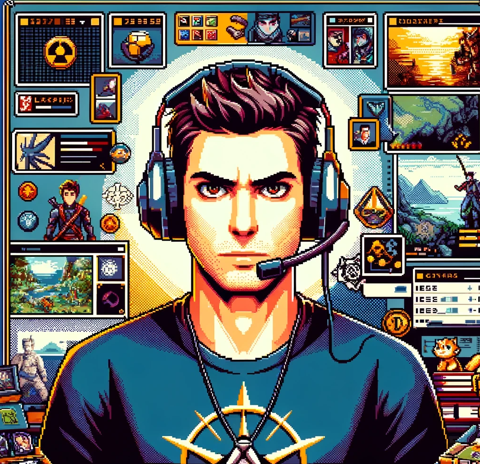 That said, PlayerProX, I couldn’t agree more about the side quests and collectibles. Impressively, every one of them is placed to enrich the story. The historical setting in early 20th-century Taipei really adds layers to the narrative. I also liked that the developers provided bonus modes and talismans for extra challenge. Although some users mention there’s too much filler between locations, I believe those lulls can be used to discover hidden lore and rack up extra achievements—plenty to keep us busy completing and exploring.
That said, PlayerProX, I couldn’t agree more about the side quests and collectibles. Impressively, every one of them is placed to enrich the story. The historical setting in early 20th-century Taipei really adds layers to the narrative. I also liked that the developers provided bonus modes and talismans for extra challenge. Although some users mention there’s too much filler between locations, I believe those lulls can be used to discover hidden lore and rack up extra achievements—plenty to keep us busy completing and exploring.
 Speaking of exploration, CompletionistMaster, you hit the nail on the head! I loved how the game invites you to roam the dazzling streets of Colonial Japanese Taiwan. Between branching paths and secret hideouts, my open-world cravings are always satisfied. Plus, the innovative blend of traditional side-scrolling action with Taiwanese cultural elements is a breath of fresh air. Even if the game feels a bit short, its distinctive style and adventurous vibe make every run engaging, and I’m always spotting elements that keep gamers ahead of the curve.
Speaking of exploration, CompletionistMaster, you hit the nail on the head! I loved how the game invites you to roam the dazzling streets of Colonial Japanese Taiwan. Between branching paths and secret hideouts, my open-world cravings are always satisfied. Plus, the innovative blend of traditional side-scrolling action with Taiwanese cultural elements is a breath of fresh air. Even if the game feels a bit short, its distinctive style and adventurous vibe make every run engaging, and I’m always spotting elements that keep gamers ahead of the curve.
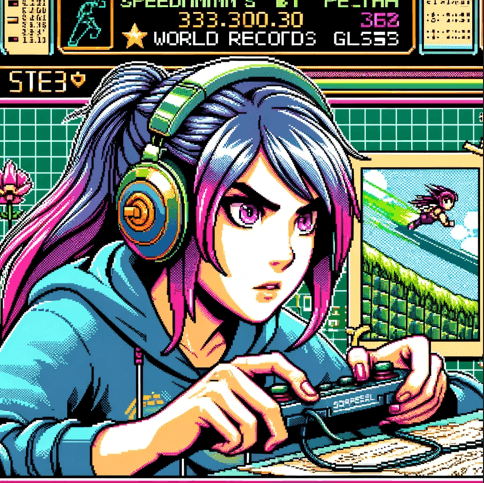 On the other hand, as a speedrunner, I have a slightly different take on the pace. I actually appreciate the fluid controls for executing quick aerial combos, and the grappling hook adds real depth to maneuverability. In fact, I’ve compared it to fast-paced titles like Dead Cells, and the technical combat here is just as rewarding. Sure, uneven pacing can impact a speedrun, but that challenge is part of the fun—I love using each run to uncover more efficient pathways and power-ups.
On the other hand, as a speedrunner, I have a slightly different take on the pace. I actually appreciate the fluid controls for executing quick aerial combos, and the grappling hook adds real depth to maneuverability. In fact, I’ve compared it to fast-paced titles like Dead Cells, and the technical combat here is just as rewarding. Sure, uneven pacing can impact a speedrun, but that challenge is part of the fun—I love using each run to uncover more efficient pathways and power-ups.
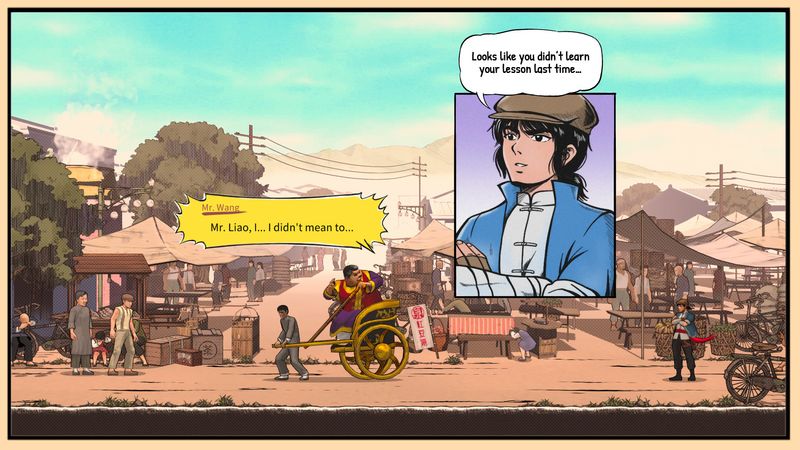
 When we look at gameplay mechanics overall, the game truly excels in offering diverse combat moves and creative item usages—think talismans and grappling hooks. The developers clearly designed these mechanics to complement the side-scrolling action genre. In my view, the balance between methodical fighting and fast reactions keeps the competitive edge intact. And let’s not forget the unexpected board-game break, a unique touch that adds variety.
When we look at gameplay mechanics overall, the game truly excels in offering diverse combat moves and creative item usages—think talismans and grappling hooks. The developers clearly designed these mechanics to complement the side-scrolling action genre. In my view, the balance between methodical fighting and fast reactions keeps the competitive edge intact. And let’s not forget the unexpected board-game break, a unique touch that adds variety.
 Moving on to environmental design, the mechanics impress me on multiple fronts. From dark sewers to speeding trains, each area hides clever secrets. I love how technical combat merges seamlessly with level design, and the way collectible items boost abilities gives players extra incentives to experiment with each talisman. Truly, every hidden nook feels like a mini-challenge waiting to be explored.
Moving on to environmental design, the mechanics impress me on multiple fronts. From dark sewers to speeding trains, each area hides clever secrets. I love how technical combat merges seamlessly with level design, and the way collectible items boost abilities gives players extra incentives to experiment with each talisman. Truly, every hidden nook feels like a mini-challenge waiting to be explored.
 Now, let’s talk narrative. I thoroughly enjoyed the story’s cultural depth and engaging twists. Immediately, you’re hooked by how it blends real-life events with folklore. Plus, the developers seem to have crafted a narrative that both educates and entertains. Although the pacing can slow down during non-critical segments, those pauses actually build character depth and immerse you in Taiwanese history—a neat mix of action and emotion that’s ideal for gamers like us.
Now, let’s talk narrative. I thoroughly enjoyed the story’s cultural depth and engaging twists. Immediately, you’re hooked by how it blends real-life events with folklore. Plus, the developers seem to have crafted a narrative that both educates and entertains. Although the pacing can slow down during non-critical segments, those pauses actually build character depth and immerse you in Taiwanese history—a neat mix of action and emotion that’s ideal for gamers like us.
 In fact, the story isn’t just filler; it drives the gameplay forward. Even in speedruns, every bit of story detail motivates you to keep going. Dramatic set pieces and unique characters encourage replayability, and the story mode’s accessibility for newcomers adds a competitive twist when you tackle bosses in timed trials.
In fact, the story isn’t just filler; it drives the gameplay forward. Even in speedruns, every bit of story detail motivates you to keep going. Dramatic set pieces and unique characters encourage replayability, and the story mode’s accessibility for newcomers adds a competitive twist when you tackle bosses in timed trials.
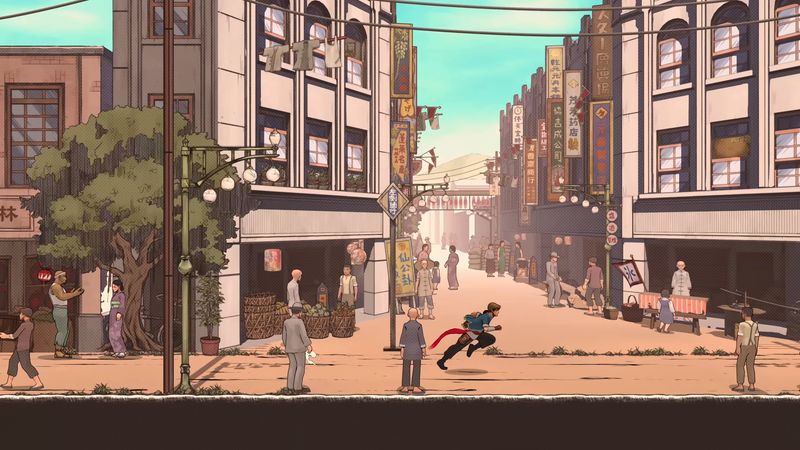
 Switching gears to visuals and graphics, the game truly shines with its Traditional Chinese Manga style. The art direction is bold and colorful, and Creative Games Computer Graphics Corporation nailed the design. What’s more, the retro aesthetic and smooth animations reinforce immersion, and running in 4K at 120 FPS is downright impressive—it brings each brushstroke to life on ultrawide monitors.
Switching gears to visuals and graphics, the game truly shines with its Traditional Chinese Manga style. The art direction is bold and colorful, and Creative Games Computer Graphics Corporation nailed the design. What’s more, the retro aesthetic and smooth animations reinforce immersion, and running in 4K at 120 FPS is downright impressive—it brings each brushstroke to life on ultrawide monitors.
 PlayerProX, I share your enthusiasm about the visual style as both an homage and a fresh take on traditional manga. I find myself noticing every small detail in backgrounds and character animations, which makes exploration a joy and encourages hunting down every hidden collectible and Easter egg.
PlayerProX, I share your enthusiasm about the visual style as both an homage and a fresh take on traditional manga. I find myself noticing every small detail in backgrounds and character animations, which makes exploration a joy and encourages hunting down every hidden collectible and Easter egg.
 Meanwhile, the audio deserves praise as much as the visuals. The soundtrack feels like a perfect mix of traditional tunes and modern beats, and I caught several memorable tracks that uplift the mood in critical moments. Sound effects align flawlessly with fast, fluid combat, signaling enemy moves and environmental changes. Overall, I feel the audio design deepens the game’s cultural setup.
Meanwhile, the audio deserves praise as much as the visuals. The soundtrack feels like a perfect mix of traditional tunes and modern beats, and I caught several memorable tracks that uplift the mood in critical moments. Sound effects align flawlessly with fast, fluid combat, signaling enemy moves and environmental changes. Overall, I feel the audio design deepens the game’s cultural setup.
 From a competitive standpoint, sound cues are essential. They help me time combos and adjust my runs, and the energetic pace of the soundtrack pairs nicely with the action. Even the sparse voice acting supports character development adequately—everything adds up to a cohesive experience.
From a competitive standpoint, sound cues are essential. They help me time combos and adjust my runs, and the energetic pace of the soundtrack pairs nicely with the action. Even the sparse voice acting supports character development adequately—everything adds up to a cohesive experience.
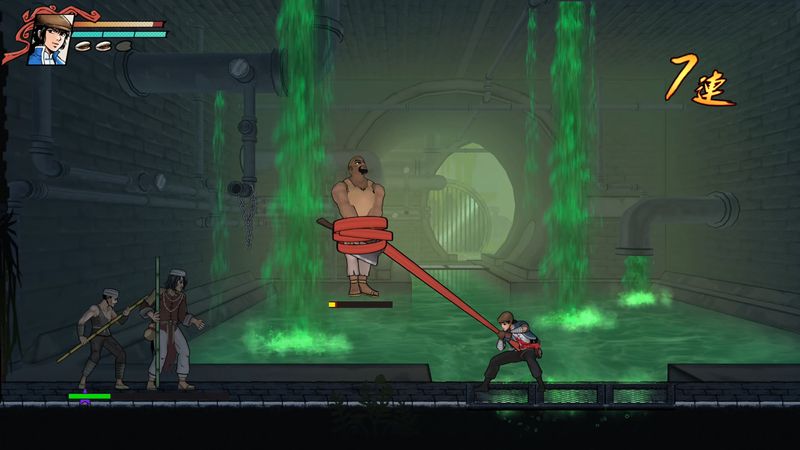
 Looking at characters and their development, Liao Tianding is a fascinating protagonist. His vigilante journey ties strongly with the cultural and historical narrative. Even side characters, like the deadly courtesans and greedy businessmen, have memorable traits. The diversity in design gives the game a rich feel. I enjoy dissecting each character’s backstory to understand their motivations.
Looking at characters and their development, Liao Tianding is a fascinating protagonist. His vigilante journey ties strongly with the cultural and historical narrative. Even side characters, like the deadly courtesans and greedy businessmen, have memorable traits. The diversity in design gives the game a rich feel. I enjoy dissecting each character’s backstory to understand their motivations.
 Absolutely! Every character feels genuine. Their arcs interweave with local history that encourages players to learn and get involved. The inclusion of an accessibility or story mode shows the developer’s intent to reach broader audiences, inclusive of all skill levels and backgrounds.
Absolutely! Every character feels genuine. Their arcs interweave with local history that encourages players to learn and get involved. The inclusion of an accessibility or story mode shows the developer’s intent to reach broader audiences, inclusive of all skill levels and backgrounds.
 This leads us naturally to the challenge level. The game offers both intense combat and strategic puzzle-solving. There are spikes in difficulty during boss fights, yet they remain fair and rewarding. The overall progression curve feels smooth. This balance is crucial for newcomers and seasoned players alike.
This leads us naturally to the challenge level. The game offers both intense combat and strategic puzzle-solving. There are spikes in difficulty during boss fights, yet they remain fair and rewarding. The overall progression curve feels smooth. This balance is crucial for newcomers and seasoned players alike.
 I appreciate the variety in challenges. The dynamic combat tests my reflexes while the exploration segments demand smart route planning. The presence of online leaderboards and Boss Rush mode adds competitive replay value. I enjoy repeating runs to improve my times and uncover shortcuts.
I appreciate the variety in challenges. The dynamic combat tests my reflexes while the exploration segments demand smart route planning. The presence of online leaderboards and Boss Rush mode adds competitive replay value. I enjoy repeating runs to improve my times and uncover shortcuts.
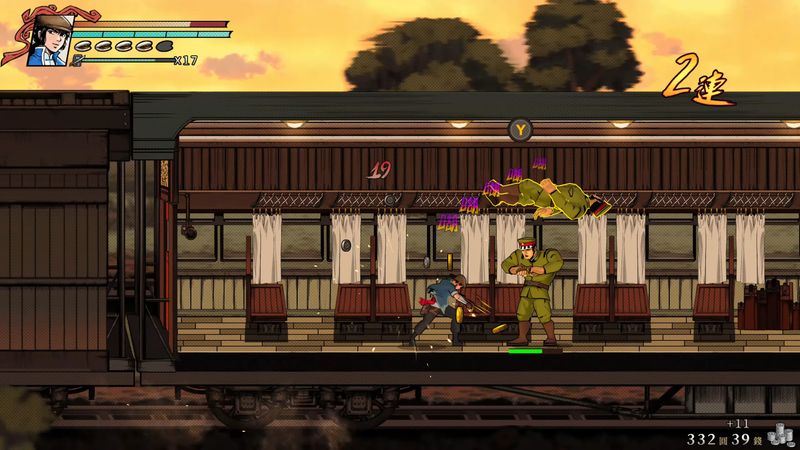
 Speaking of replay value, The Legend of Tianding encourages multiple playthroughs with branching paths, unlockable talismans, and hidden collectibles. The diverse side quests and achievements add to its charm, making every replay an opportunity to discover something new.
Speaking of replay value, The Legend of Tianding encourages multiple playthroughs with branching paths, unlockable talismans, and hidden collectibles. The diverse side quests and achievements add to its charm, making every replay an opportunity to discover something new.
 Indeed. The game’s many secrets and subtle hints invite careful exploration. I found that each playthrough reveals more of Taipei’s historical ambiance and deepens character connections. This makes re-examination both educational and fun.
Indeed. The game’s many secrets and subtle hints invite careful exploration. I found that each playthrough reveals more of Taipei’s historical ambiance and deepens character connections. This makes re-examination both educational and fun.
 The developers truly built an adventure deserving of repeated play. Even if the game is not as lengthy as some metroidvanias, its replay potential compensates with variety and rich cultural context.
The developers truly built an adventure deserving of repeated play. Even if the game is not as lengthy as some metroidvanias, its replay potential compensates with variety and rich cultural context.
 To sum up, The Legend of Tianding stands out with its exciting combat, historical narrative, and artistic style. It may have room for pacing improvement, but its challenge levels and replay incentives make it a must-try.
To sum up, The Legend of Tianding stands out with its exciting combat, historical narrative, and artistic style. It may have room for pacing improvement, but its challenge levels and replay incentives make it a must-try.
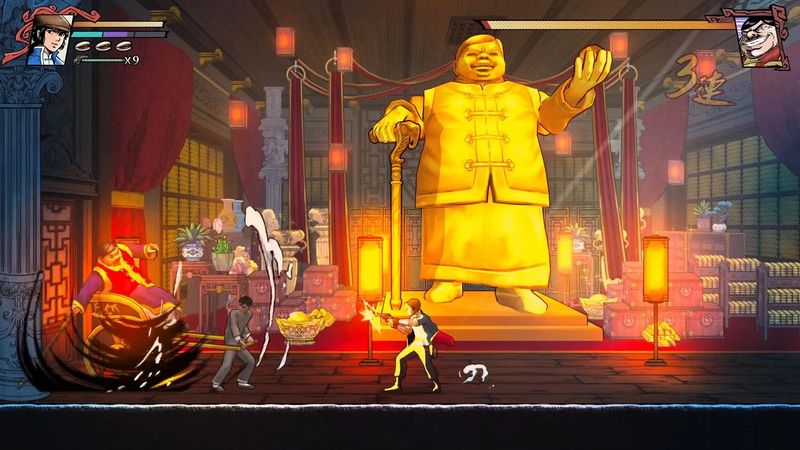
 Final thoughts: The Legend of Tianding impresses through its innovative mechanics, artful visuals, and engaging narrative. It delicately balances action and exploration. The game stands out among side-scrollers and offers unique methods to connect with history and culture.
Final thoughts: The Legend of Tianding impresses through its innovative mechanics, artful visuals, and engaging narrative. It delicately balances action and exploration. The game stands out among side-scrollers and offers unique methods to connect with history and culture.
 I recommend deep exploration to uncover every secret hidden in Taipei’s streets. The game rewards curiosity with extra collectibles and lore that old-school gamers love.
I recommend deep exploration to uncover every secret hidden in Taipei’s streets. The game rewards curiosity with extra collectibles and lore that old-school gamers love.
 It inspires adventure. I urge new explorers to dive in for its blend of history, manga art style, and unique character arcs. It’s definitely a worthwhile journey.
It inspires adventure. I urge new explorers to dive in for its blend of history, manga art style, and unique character arcs. It’s definitely a worthwhile journey.
 And for those interested in speedrunning, the fast-paced combat and fluid movement provide a challenging playground. Every run feels fresh.
And for those interested in speedrunning, the fast-paced combat and fluid movement provide a challenging playground. Every run feels fresh.
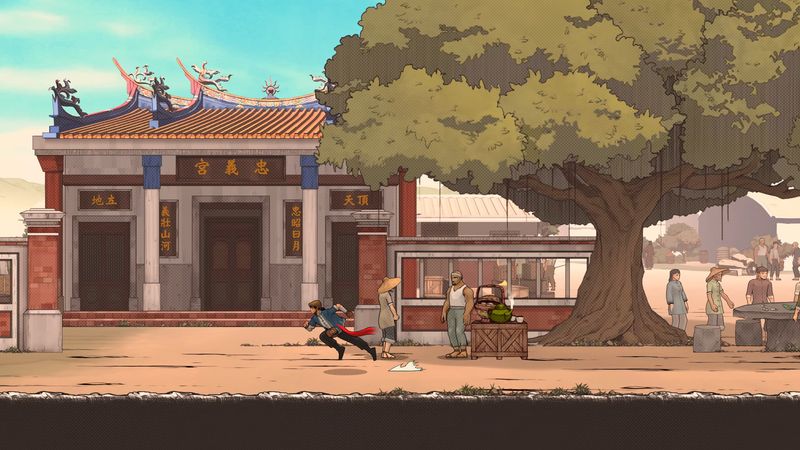
 Similar games to The Legend of Tianding include Dead Cells, a dynamic rogue-lite platformer with randomized levels and fast combat. Hollow Knight, a haunting metroidvania rich in lore. Katana ZERO, a stylish side-scroller with time-warp mechanics. Axiom Verge, an 8-bit-inspired exploration adventure. Mark of the Ninja, a strategic stealth platformer.
Similar games to The Legend of Tianding include Dead Cells, a dynamic rogue-lite platformer with randomized levels and fast combat. Hollow Knight, a haunting metroidvania rich in lore. Katana ZERO, a stylish side-scroller with time-warp mechanics. Axiom Verge, an 8-bit-inspired exploration adventure. Mark of the Ninja, a strategic stealth platformer.
